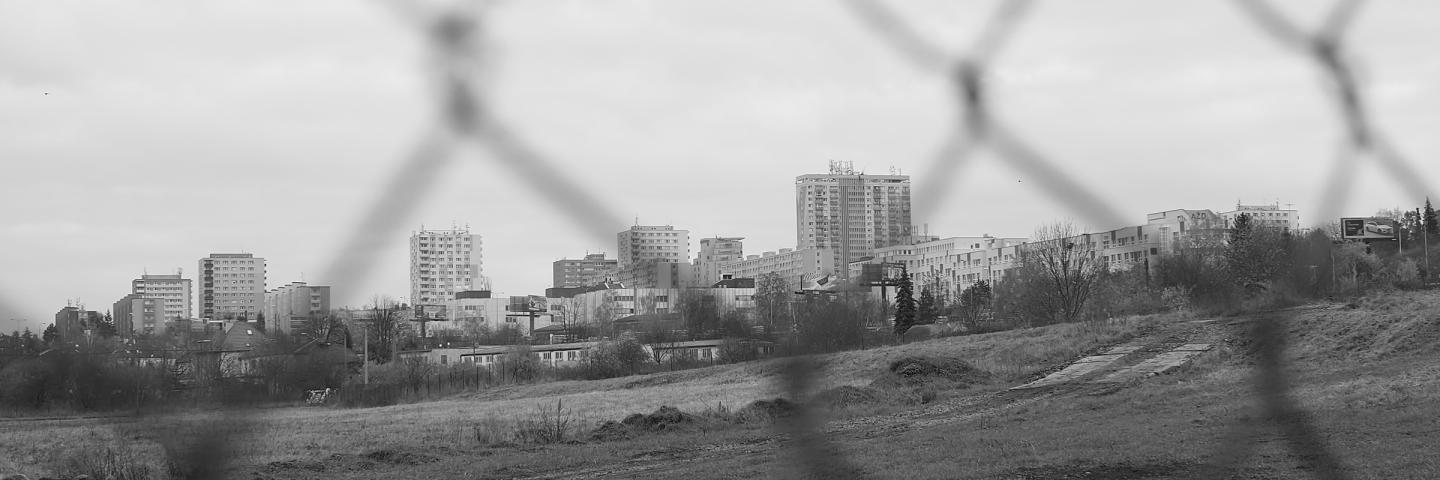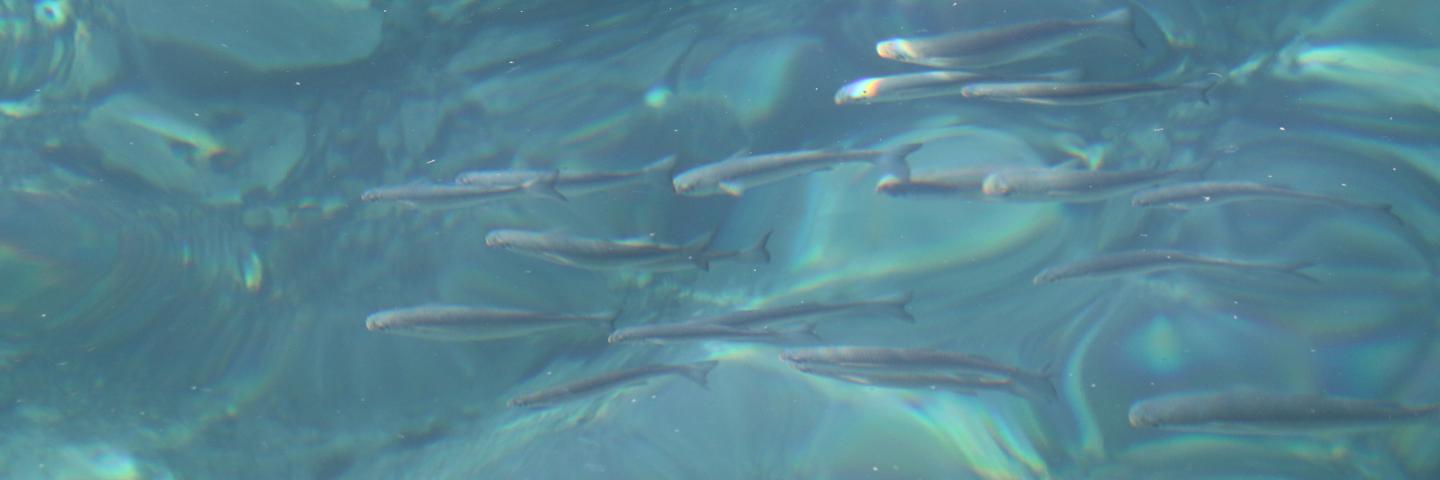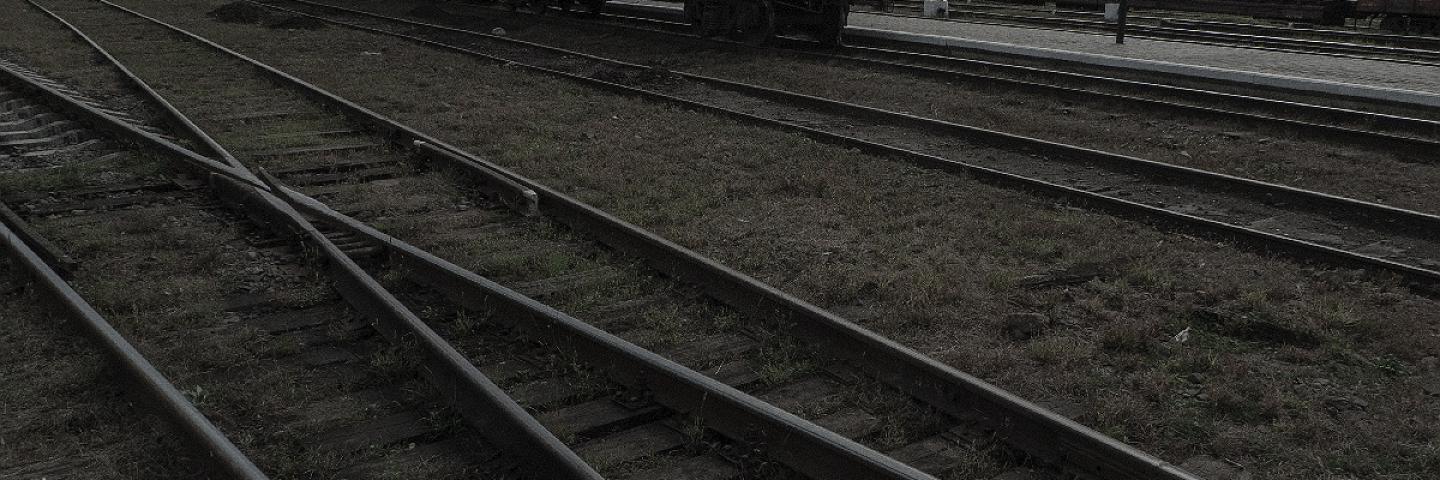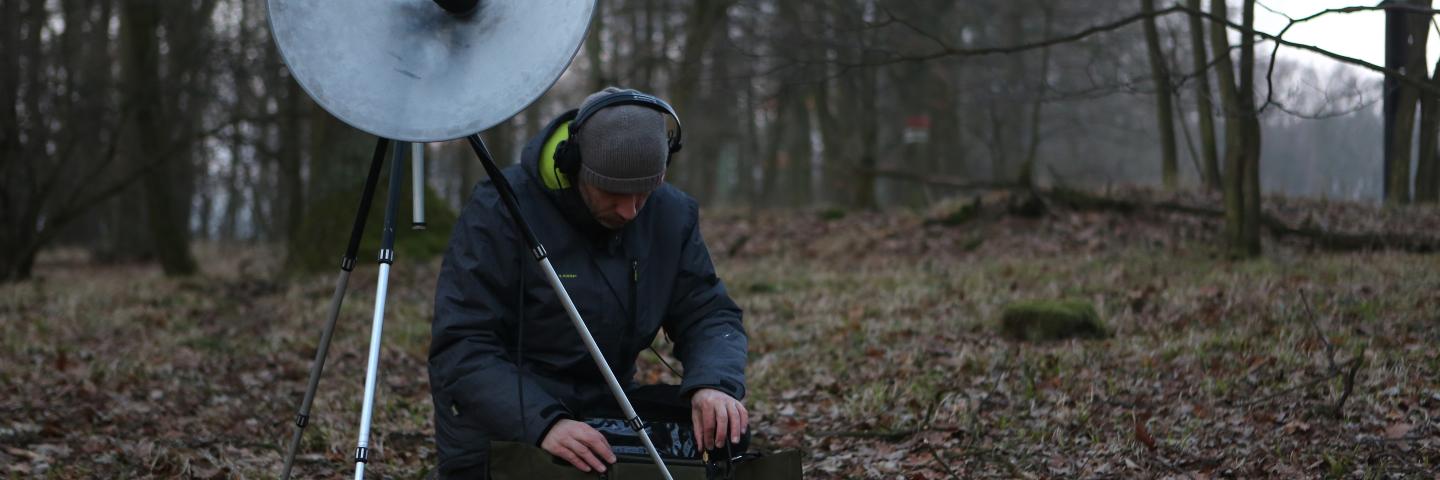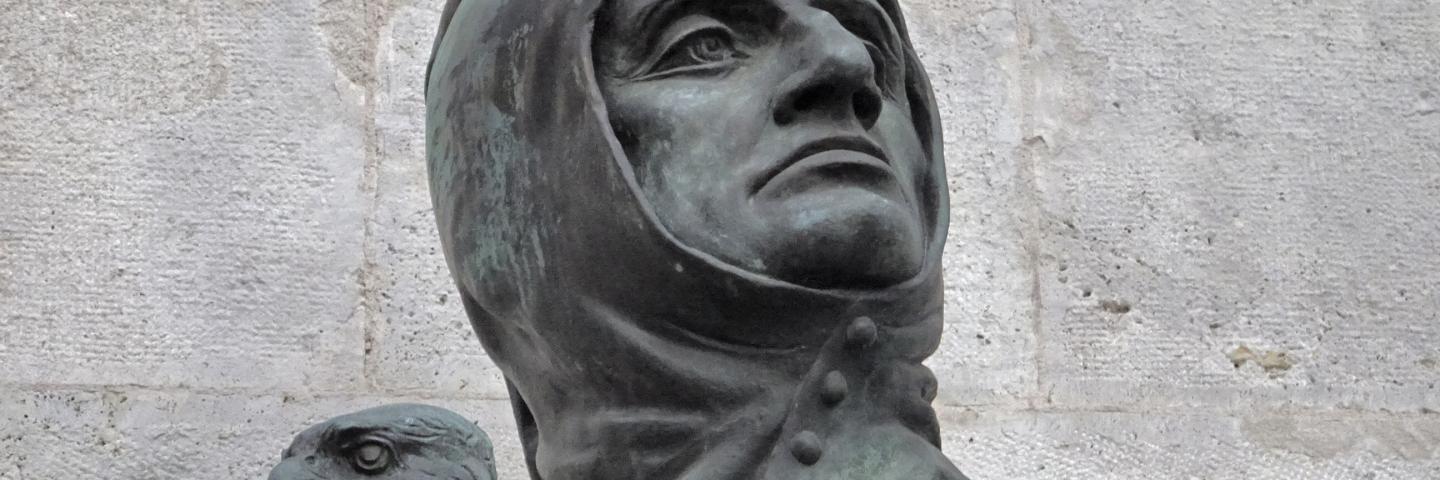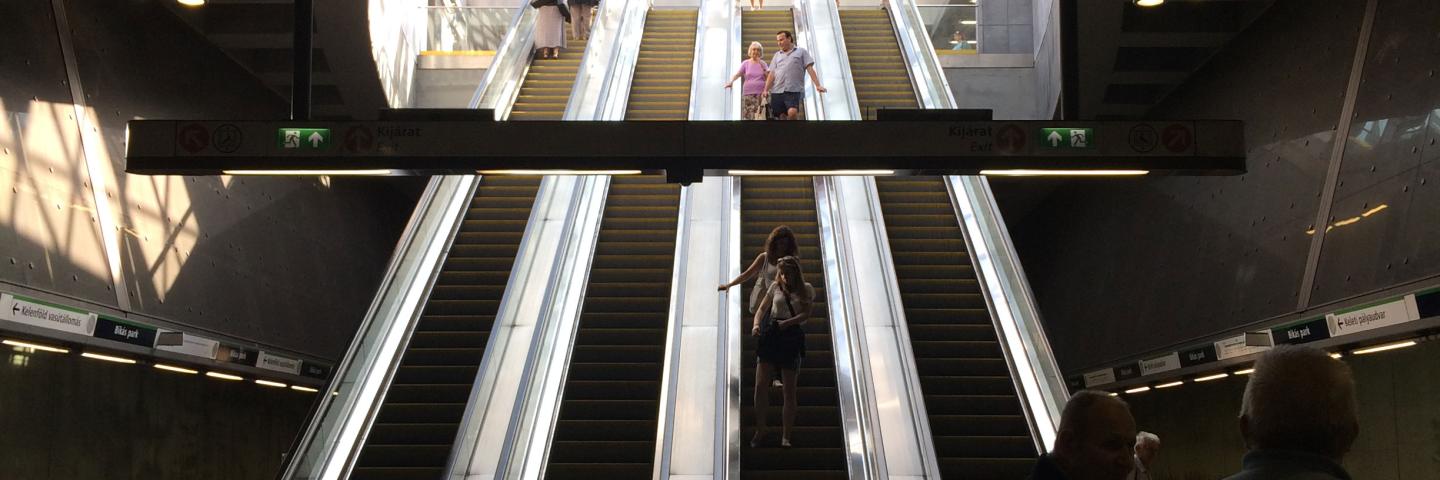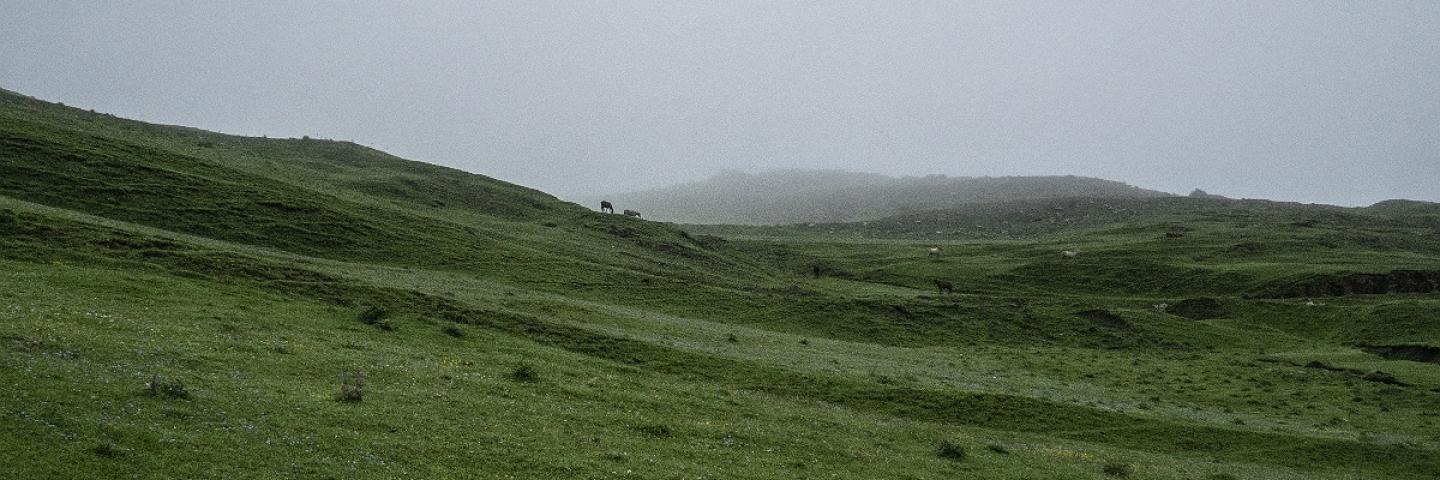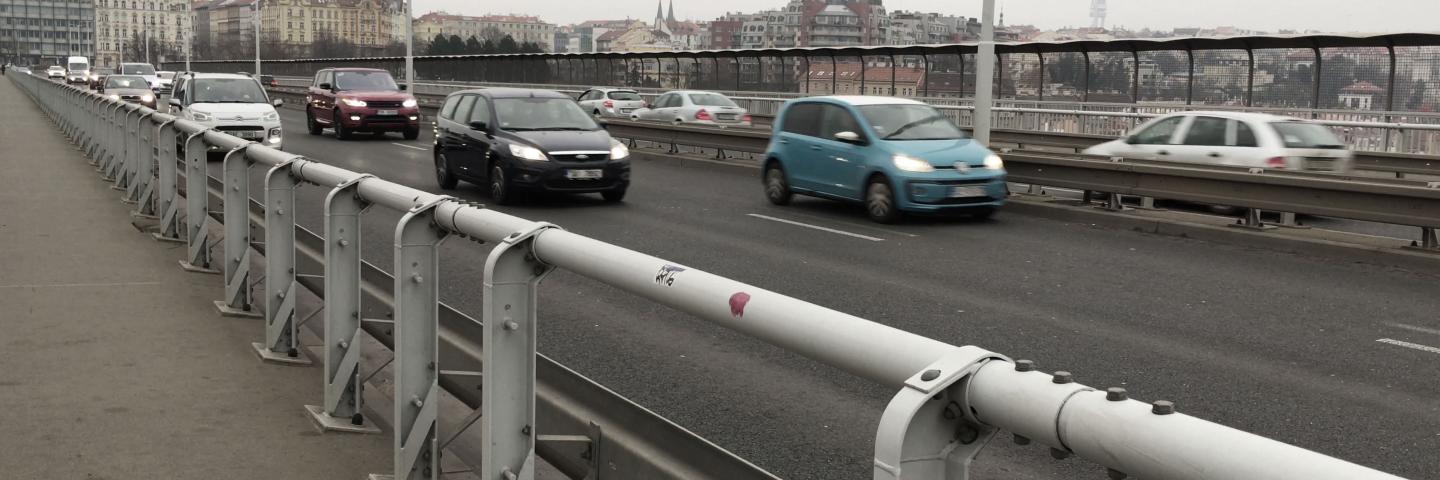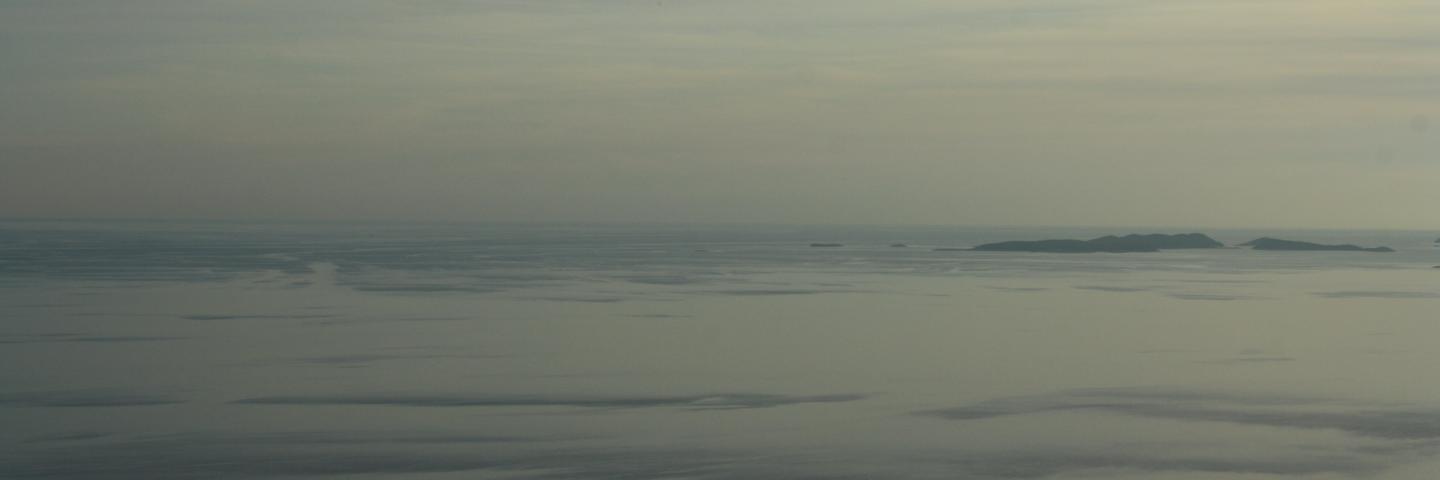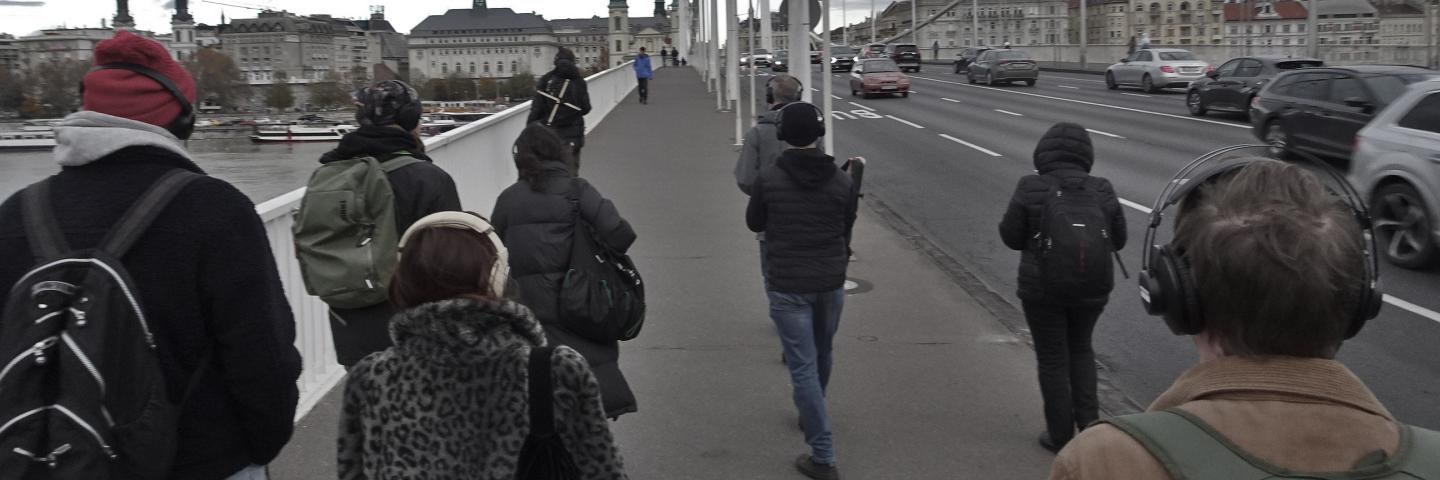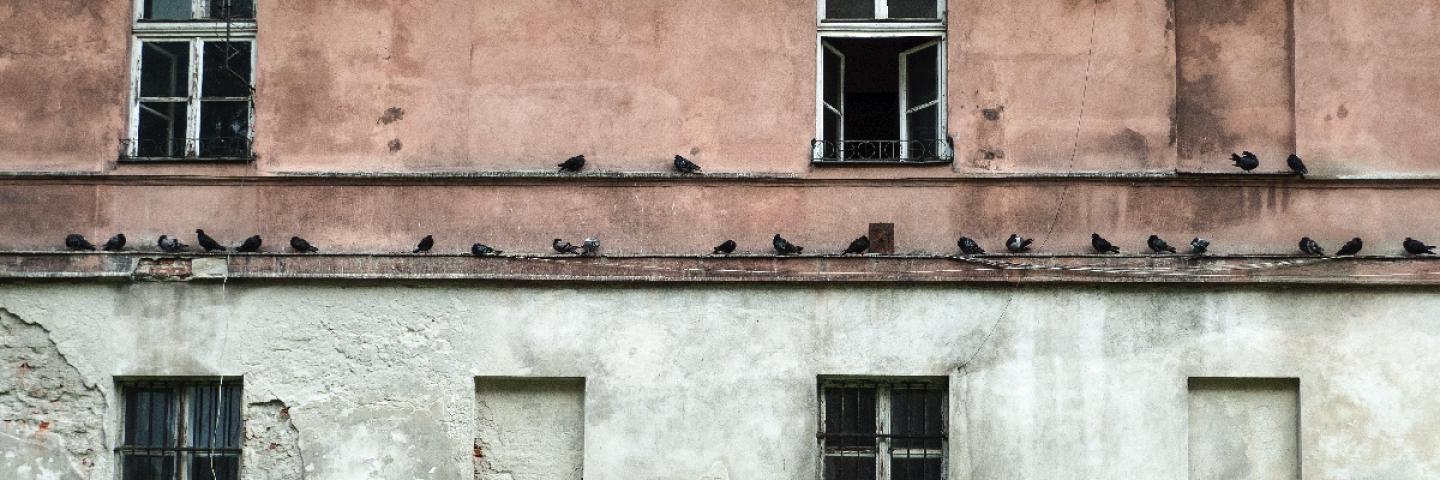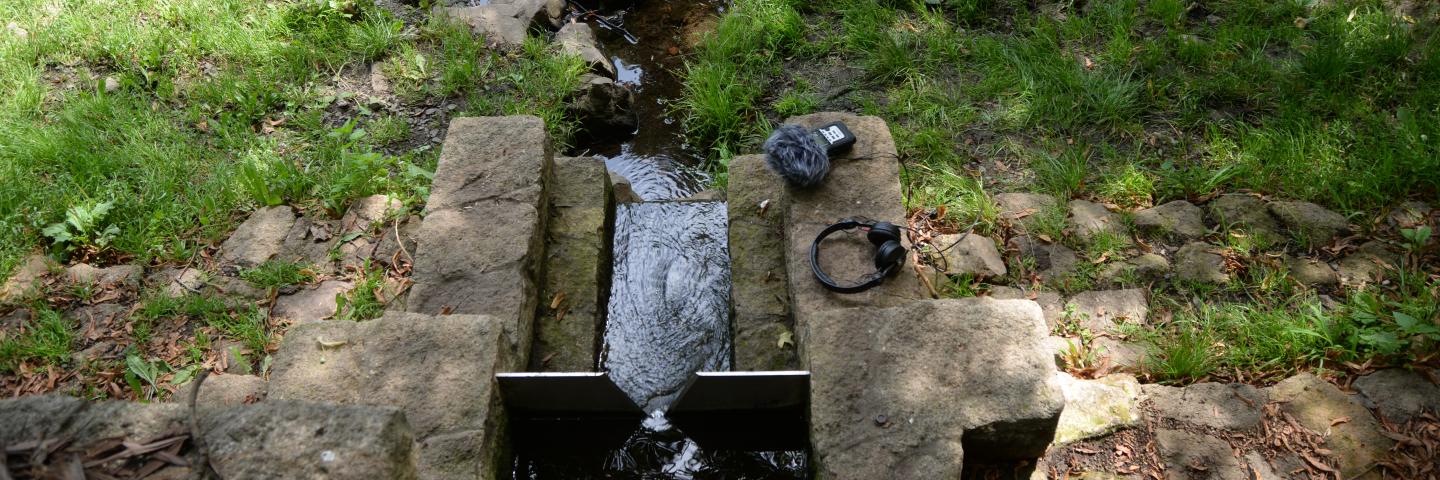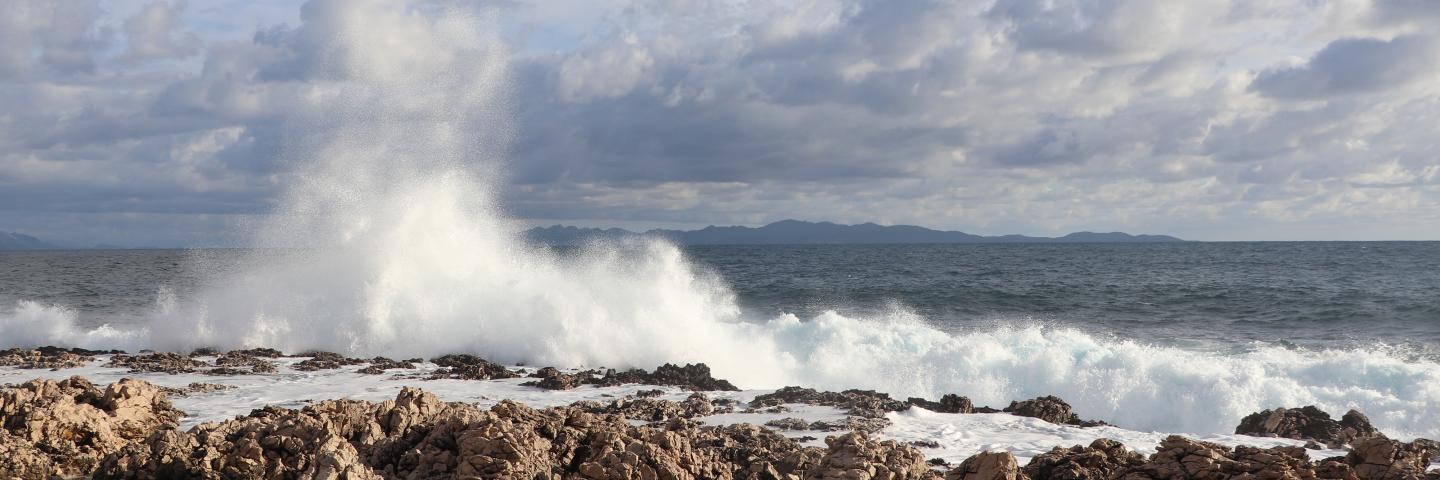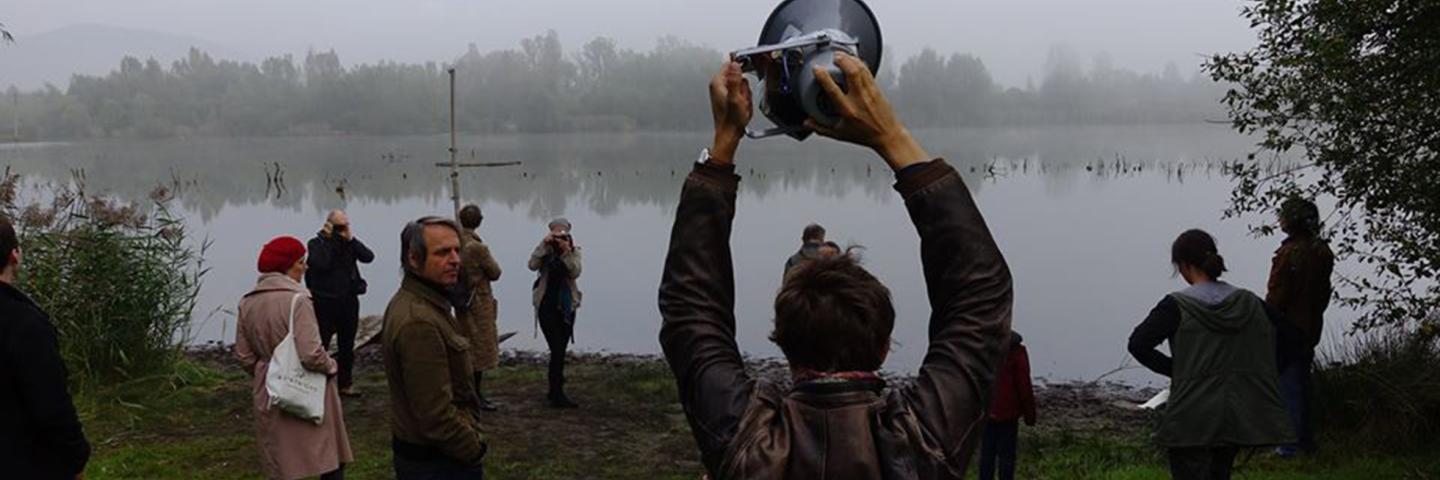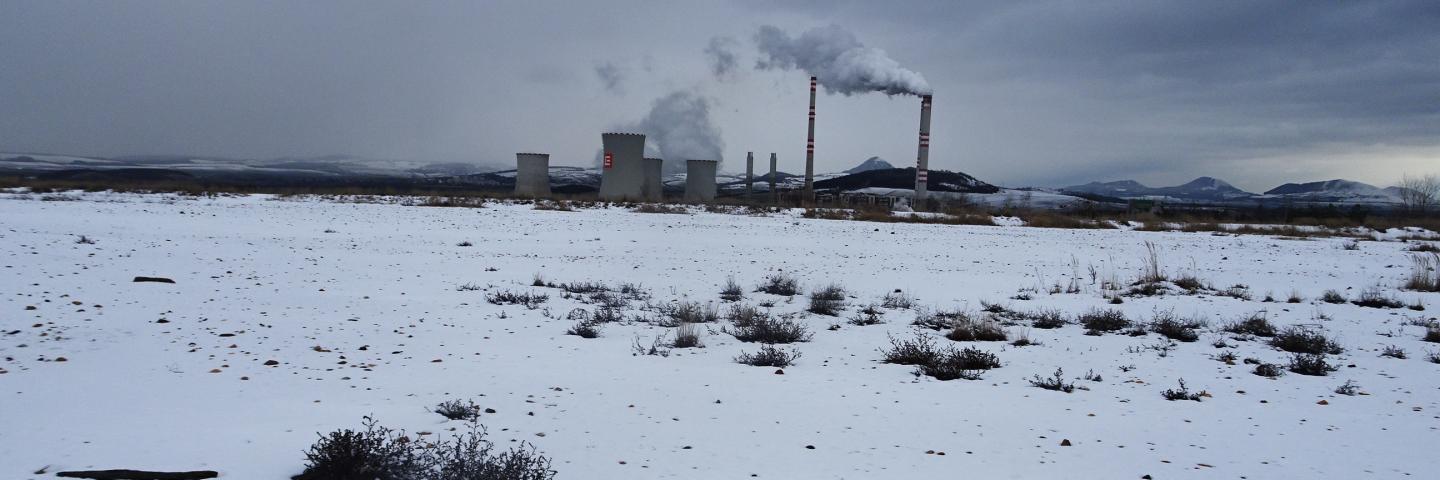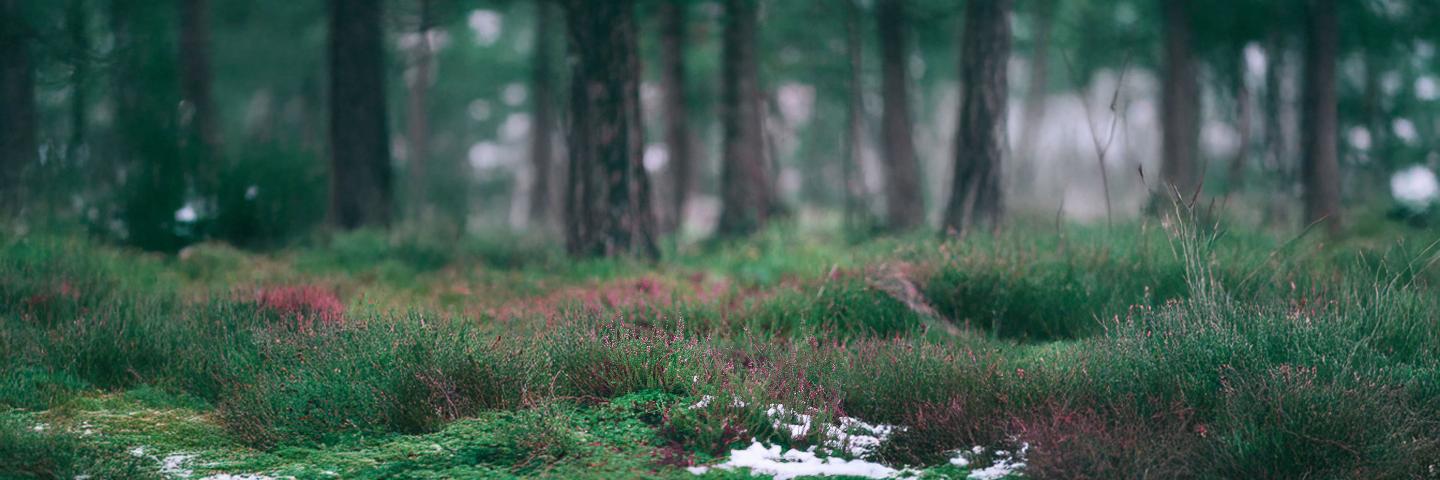Nancy Holt
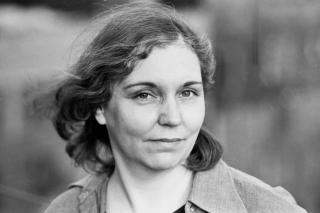
Nancy Holt (1938 - 2014) has since the late 1960s created a far-reaching body of work, including films, videos, site-specific installations, artist’s books, concrete poetry, major sculpture commissions and audio works. Most famous Holt’s films are Sun Tunnels (1978), documenting the creation of her site-specific work of the same name, Pine Barrens (1975) - a meditative documentary about a notoriously vast, undeveloped region in central New Jersey. Other famous pieces are Swamp (1971, in collaboration with Robert Smithson), Locating #2 (1972), Boomerang (1973, in collaboration with Richard Serra), Points of View (1974), a four-monitor installation, and Revolve (1977).
Holt can be considered as well as one of the pioneers of sound art: between 1966 and 1979 she made several audio works which she described as being “poems in place.” Holt's early "audio tours" can be seen as an approach to describing and capturing space as soundscape, which was thereafter developed in parallel with video or locative media. Her term “poem in place” resonates with more recent formulations of "field recordings" and the automatic narrative of "geolocation", along with a more general attitude in art to the exploration of situated dimensions. Her spoken descriptions of spaces become ‘verbal photographs’, in which perceptions of the surrounding environment are sometimes meticulously described and mediated by her sensitivity towards “the interplay between words and things”. In 1967 she created "Stone Ruin Tour", extending her exploration of language from the page to the landscape and marking her first experiments with sound. In June 1967, she tape-recorded herself dictating a tour through a crumbling labyrinthine garden with stone walls, overlooks, and disappearing stairways in Cedar Grove, New Jersey. Then she transcribed the recording to create an imperfect and unfinished map to explore the site, which was given to artist friends as a guide. Her huge site-specific installations in the desert landscape have as well a specific sonic qualities, even they were seldom reflected.
Holt was as well one of the artists who uses outdoor art as a platform for environmental activism. She introduced ideas central to environmental protection, conservation, and stewardship that were not initially central to the art movement. "I have a strong desire to make people conscious of the cyclical time of the universe." Time-based elements (human, geographic, or celestial) in her sculptures place us at the center of a participatory experience. The theme of recording time gives her work an effect that is immediate, and at the same time, eternal. Her sculptural installations feature enclosures that frame our experience of nature. The act of framing, a recurring theme in Holt's work, functions as a metaphor for visual observation and is the genesis of many of her projects. Holt's site-specific installations never seek to rival nature, but challenge us to look more closely at our environment. Hydra's Head, a configuration of small cylinders that might be mistaken for a drainage system, or Missoula Ranch Locators: Vision Encompassed, steel viewfinders distributed across an open field, are examples of her minimalist strategy that reinforces our connection with nature, attuning our senses to what is present around us. While Robert Smithson, Michael Heizer, Walter de Maria engaged in a contest to see who could make the largest mark on earth, Holt grasped the most radical implications of the Land Art movement. Integration - as opposed to competition - with the elements was her goal. While fully aware that this more subtle approach would not win her the immediate admiration of the art world, she explained, "I was emphasizing being over becoming. And in the art world it's a hard stance."
Nancy Holt was graduated from Tufts University. Shortly after, she moved to New York, where — alongside a group of colleagues and collaborators including Michael Heizer, Carl Andre, Eva Hesse, Richard Serra and Robert Smithson — she began working in film, video, installation and sound art. With her novel use of cylindrical forms, light, and techniques of reflection, Holt developed a unique aesthetics of perception, which enabled visitors to her sites to engage with the landscape in new and challenging ways.
